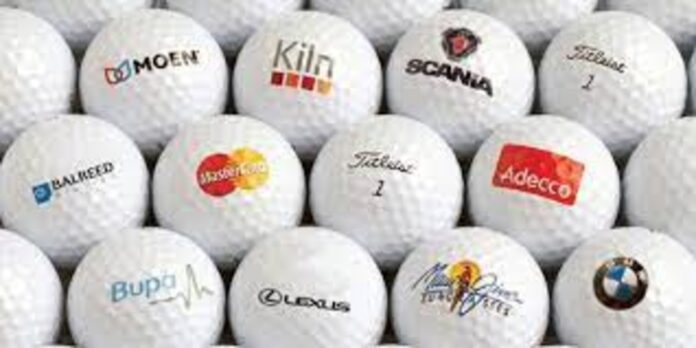Researchers have developed a golf ball printer that can produce a 3D plastic golf ball. The developers say it could save on printing costs for manufacturers, who currently use expensive molds to create low-cost 2D balls. In addition, the printer may be used to create custom designs on existing shells.
3D printer saves print costs by printing the elements of golf balls.
When you need to print elements of a golf ball, a 3D printer is a way to go. The reasons are simple:
- It saves money because you can buy the plastic in bulk and print as many balls as you need without paying for printing services. This also means that once your design is done, you won’t have to pay for another one until it’s time for your next order of custom-colored balls or balls with another design.
- These printers can print plastic golf balls in any color imaginable. You won’t have trouble matching colors when making a batch either; pick the ones that look best together and send them through!
Elements are made of a rubberized plastic material compatible with existing golf ball shells.
The printing material is a rubberized plastic compatible with existing golf ball shells. The 3D printer is used to make the elements of the golf ball one at a time.
Each layer may be added one at a time and printed in custom colors or designs.
With a 3D Golf Ball Printer, you can print one layer at a time. Each layer may be added one at a time and printed in custom colors or designs. The printer can print in different materials, including plastic, metal, wood, and even silk! The 3D Golf Ball Printer can also print varying shapes such as spheres, cubes, or pyramids!
The 3D printer layers plastic to create a three-dimensional object rather than printing colors on the object’s surface.
3D printers create objects from a digital file that is sliced into layers. Each layer is then printed in one pass and creates an object. The 3D printer can add material or subtract material from each layer.
The most common method for creating 3D objects is Fused Deposition Modeling (FDM). This involves melting a plastic filament and extruding it onto the print bed to form layers of molten plastic that cool into solid form after printing. The printer then moves up in height by hundreds of micrometers, allowing your part to be built vertically one layer at a time until completion!
A plastic golf ball may save on printing costs compared to traditional golf balls.
When you think of a plastic golf ball, you may imagine it would be less durable than a traditional one. However, we’ve found the opposite true: our 3D-printed balls are more durable than standard ones!
This is because they are manufactured from just 2 grams of material—compared to 16 grams for a traditional golf ball. This also means that it takes fewer steps in production for us to produce these unique pieces.
Our custom color options allow you to choose from over 20 colors and 250 designs, so your bespoke 3D-printed product perfectly matches your unique style and taste!
Conclusion
In conclusion, the 3D printer will save money on printing costs and allow golf ball companies to create customized balls for their customers. The plastic material is also more durable than traditional rubberized plastics, so it won’t crack or break as easily under stress from impact during play.





